The time for words has passed. Now there will be fire.
— Hestia Bygate before the march on Estverde, 108 AA
1The Age of Awakening, 5700 ARe - 5900 ARe.
(age 87
2The average age for humans on Aqualon living in moderate conditions with access to health care is aroung 170 years thanks to the Great Clockwork's "Gift of Long Life"
)
Founder
"The Westerners hate the honored Lady Hestia, certainly, but not for her deeds at the Battle of Estverde, no.
It is their own propaganda from those old days they have swallowed like hapless koi, mouths hungry for any scraps they can swallow.
Did not the honored Lady Hestia bring the gift of flame to Yamato? Did she not draw maps of intricate detail and write poetry of subtle beauty? Did she not rule the Jô'oo province with diligence and great skill?
Jô'oo Hestia is one of the Kingdom's greatest heroes, and the blemish put on her great name by the political phlegm spat by lesser men disgusts me."— Jô'oo Kyôma 門近凶真, 390 GE
3The Age of Gears and Elements, 6220 ARe (After the Reshaping) - Today.
Diverging Perspectives of History
A Modern Reexamination of the Jô'oo Clan
Judging by classic historians' views, one may be inclined to think: "The Jô'oo Clan; surely they are a house of ruthless warriors and mages."
After all, what else might one expect from the Yamato clan founded by that most infamous military leader and mass murderer,
Hestia Bygate?
Well, to understand the Jô'oo, one must look to the entirety of Hestia's life. Before fleeing to the
Yamato Kingdom, the former shrine maiden to the
Bonfire Shrine had been a scholar, a teacher, even a member of the esteemed Firewatch, protecting the
Middle Lands. Only when she brought the fire
magic of the Tarkaal Region to the Yamato Emperor did her career as a military leader and instructor of fire mages begin.
She founded her house with the blessing and support of the Emperor, and to her successors she passed on a strong tradition of discipline, high education, spirituality, and powerful magic. The Jô'oo are often described as "fierce and clever" in the journals of
Taira Takezô (ca. 185 AA) and "enlightened scholars" in the personal notes of
Yoshitsune Hibiki (ca. 198 AA).
Kumamoto Takeshi was cited by his peers to have called the Jô'oo "great warriors with the left hand of a mighty bear and the right hand of a clever fox" (ca. 22 AH
4The Age of Heroes, 5900 ARe - 6220 ARe, also known as "The Great War".
).
These varied accounts paint a much richer tapestry than the demonized image held in the mind of classical western historians. Indeed, the shadow cast by the Mad Magus Hestia on the Jô'oo Clan is often viewed more as a halo of light by the Yamato People, who generally see the destroyer of Estverde as admirable rather than despicable, citing her many achievements for the Kingdom.
- Eric Jargon in "The Clans of Yamato", 1642 GE
The Founding of the Jô'oo Clan
When Hestia Bygate was declared Daikan (Governor) of the Easternmost Provinces by emperor Taira Asshoumaru 平圧勝丸, she was permitted to found her own clan by imperial decree.
She accomplished this by marrying a captain of her own Ryûga Order, Yayoi Kennosuke, who belonged to a wealthy but politically insignificant house. She absorbed the Yayoi family under her new banner, the banner of Bygate, and arranged for a number of political marriages to consolidate a total of five families of minor to near-significant political standing, amassing an impressive household and various assets throughout the Kingdom, on the back of which she established an impressive clan, backed by the support of the powerful Taira Clan.
Within a mere two decades, Hestia had created a powerful Yamato clan out of nothing but prestige and ingenuity, hand-crafting a significant power in the ancient kingdom.
- From "A History of the Ages - Vol. 4, The Age of Awakening"
Jô'oo the Ruthless
The meteoric rise to power of the infamous Jô'oo Clan of the Yamato Kingdom during the Age of Awakening has baffled historians for centuries, considering the traditionally xenophobic nature of the Kingdom and the foreign founder of the clan. But if one examines the practices of Hestia and her successors more closely, a picture begins to form.
Through ruthless political campaigns, hostile takeovers, defamation campaigns, and character assassinations, Hestia elbowed her way into a delicate balance between venerable houses of an ancient kingdom. Using political tensions between these clans against them, she and her direct successors divided and conquered the political landscape of Yamato with ruthless efficiency.
Today they are growing ever closer to leveraging their way out of the Taira's control, and with their iron-fast grip on the now divided Yoshitsune Clan, their position in the modern power structure of the Yamato Kingdom grows ever more solidified and significant.
With the destructive and immoral tendencies of their founding mother ingrained in their creeds and their traditions, they pose a significant threat to the stability of the Kingdom and may yet lead to its downfall.
- Taira Kenmu 平研武, 634 GE
Clan Structure and Assets
The Jô'oo Clan is comprised of a total of seven families, one core family, the Jô'oo family, and six branch families, which are the Hinamoto, Kaigen, Yamanori, Kawa'ake, Denkuro, and Zaigen.
The branch families swear absolute fealty to the core family and in turn enjoy the protection and auspices of the powerful Jô'oo Clan name. Though working closely together to secure the political standing of the clan, the different families have different iemoto (house arts and secrets), and specialize in various fields, garnering the clan with a versatile portfolio.
The Jô'oo Clan Family Tree
Note: From top to bottom, the Family Symbols read "Gate", "Mountain", "Sea", "East", "South", "Rice Field", "River".
| Jô'oo Family |
| The core family is situated in the Tenjôken5 The upper layer of the Yamato capital Yamaseki, where the wealthiest, noblest, and the imperial palace reside. where they are mostly involved in the day-to-day dealings of the Yamato Court, taking care of the political dimensions of the clan domestically. They also produce some of the finest fire mages of the Kingdom. |
| Hinamoto |
Kaigen |
| The Hinamoto family used to be highly influential during the Age of the Iron Divide, going into decline in the latter decades of the period when the capital was moved from Tokuhara to Yamaseki. Today they are the Jô'oo's mouthpiece to the old nobility still remaining in Tokuhara. |
The Kaigen family is a family of old shipwrights and merchants, who were involved in the construction of the Rusty Shore port of Nankô and the Hagane no Michi, the Road of Steel, which connects the harbor and the main land across the vast Iron Belt.
Today, their good relations with the West Yamato Trading Company are invaluable to the finances of the Jô'oo clan and their relations with the nations of the Corsic Ocean. |
| Denkuro |
Zaigen |
| The Denkuro used to be farmers, who were turned into noble landowners during the early centuries of the Age of the Iron Divide. They possess vast tracts of land in the fertile Yamato Valley and control many villages and small towns there, which also garners them with a significant pool of potential conscripts in times of war, be it civil or other. |
The Zaigen family manages the remnants of the old Easternmost Provinces, which used to be overseen by Hestia directly during the Age of Awakening. Though reduced in size since the signing of the Null Concord in 156 AA, the provinces are still quite vast and mostly utilized for rice farming. As such, much like the Denkuro, the Zaigen have access to a significant amount of manpower and food-stuffs. |
| Yamanori |
Kawa'ake |
| The Yamanori live in the eastern mountains of the great Yamato Mountain Range, where they control several lucrative mining operations, extracting precious gold and gems. The incredible influx of wealth from the Yamanori has long secured the Jô'oo's position of power among the Clans of Yamato. |
The Kawa'ake family was among the thirteen families, which first constructed the postal stations along the Daihakusen, the Great White River, which runs from Mt. Tenbashira all the way to the Rusty Shore. These stations would traditionally house a small number of runners. When people needed mail delivered quickly, runners would do a baton pass along the stations with the mailed envelope or package, until they arrived at the target destination.
While no longer in use that way, the postal stations and land surrounding them still belong, at least in part, to the Kawa'ake, and they have made magnificent resorts and inns out of them, leveraging them into the lucrative tourism sector. And as excellent getaways and places of relaxation, they have also served a purpose as diplomatic incentives for foreign diplomats, enticing them with lavish vacations and more. |







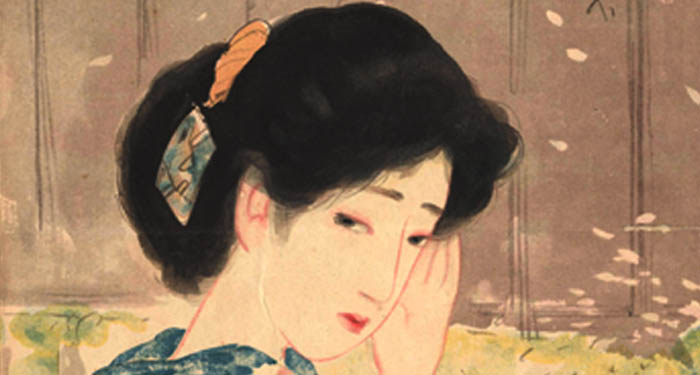
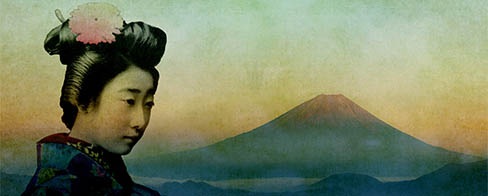



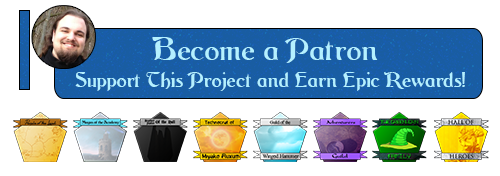
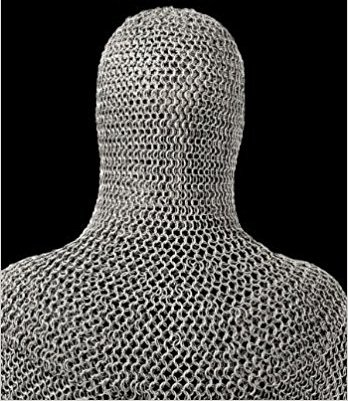
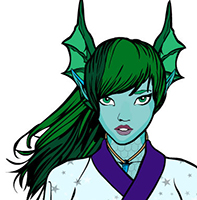

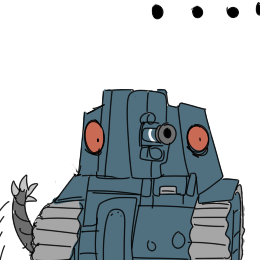
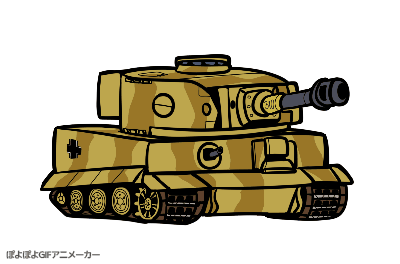
A fiery (literally!) and somewhat ruthless clan that has well-thought out relationships with others and several notable members. I like how people seem to view them as villains, but you showed that its a little (well, a lot) more complicated then that, and that different cultures have different views. Question, though: Is this taking place in the past or the present day (I'm asking because of the "modern reexamination" bit)? What can they exactly do with the fire? Is there a limit to how hot it can burn, how far it can spread, etc.? Also, where did you find the photos?
Thanks for your comment, Alex! "Taking place" is a bit of an odd phrase here, since this is not an event but a lore article on the clan. The Clan started out in 108 AA, around 2100 years before the present day and still exists today. That is why there are various historical papers on it, including newer ones that put classical views of the clan into new perspectives. The fire magic they employ is standard elemental magic. Using their own soul power and opening their inner gates to draw on magic from the Great Clockwork, they can manipulate existing flames, heat up things, and potentially combust things. The amount of heat, their range, and the area of their magic all depend on their personal soul power. If they exceed that capacity, they begin to contract spellblight. You can learn more about magic in my growing collection of articles on the subject:
Magic
The magic of Aqualon comes in several forms, but all of them share the same nature. ~ 1450